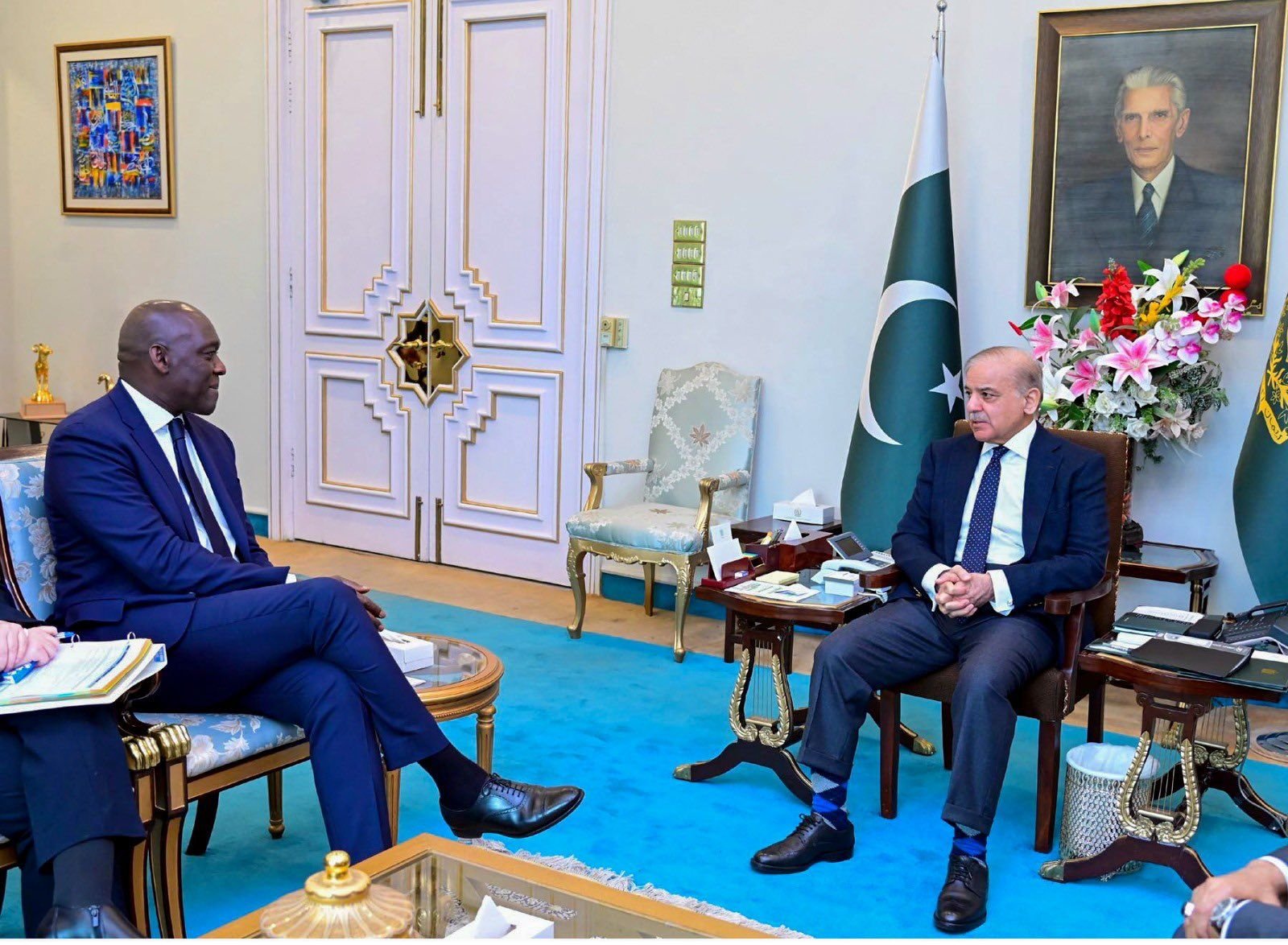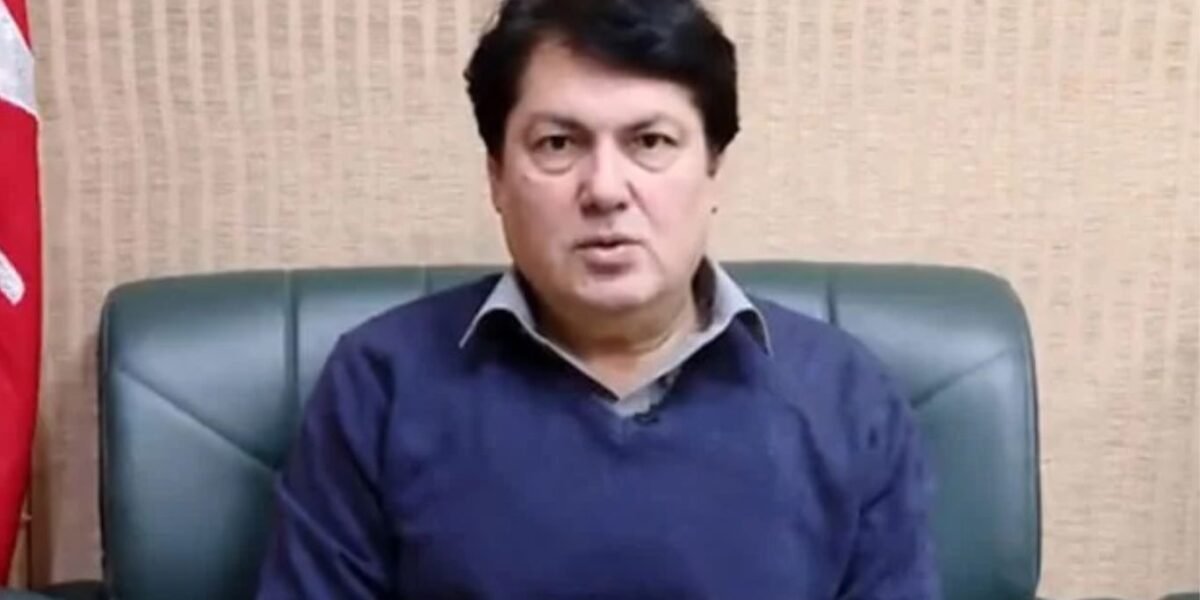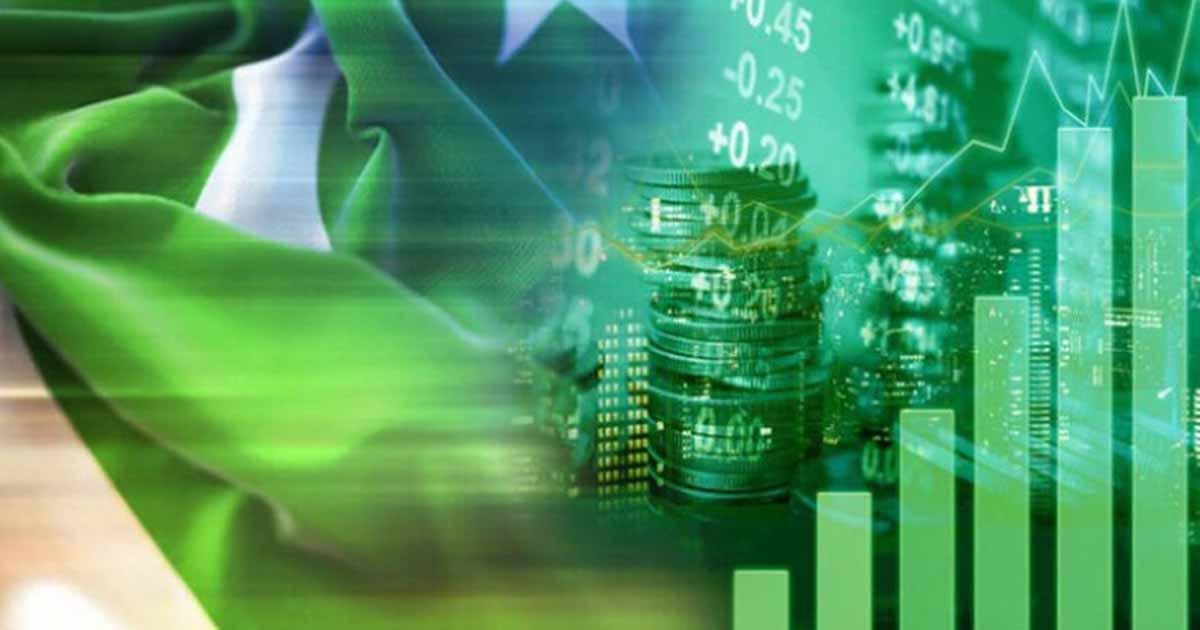ISLAMABAD: In the aftermath of the IMF-sponsored $7 billion Extended Fund Facility (EFF) program, Pakistan’s economy has entered into a phase of stabilisation mode as higher inflation has witnessed a sharp decline, and real GDP growth could only go up with the right kind of interventions.
Now the stage is set for further reduction in the policy rate in the upcoming announcement of the Monetary Policy Committee (MPC) but this reduction will be done in a cautious and phased manner. There is a need to explain further why Pakistan needs a phased approach to avoid the eruption of imbalances in the economy.
First of all, Pakistan’s economy stabilised under the prescription of the IMF, where inflation receded at a faster pace than expected, and now there is a need to push up demand in the economy to move towards a higher growth trajectory. After achieving stabilisation, the economy has turned into halt mode, and it requires the right kind of push to move towards higher and sustained growth.
Higher and sustained growth cannot be achieved without removing structural bottlenecks that had always hampered the growth path in the shape of the inability of the country to provide inexpensive energy, reducing input costs, expanding the narrowed tax base, rigidity in expenditures, inefficiency, and corruption.
The net result is quite obvious and clear: when the fiscal incentives are doled out, it results in achieving higher growth beyond 5 per cent without increasing investment and savings, and the country plunges into the trap of first higher deficit on the fiscal front, which after a certain pause also appeared on the current account deficit for obvious reasons that when there will be plenty of money, everyone will opt for a spending spree, so imports will outpace exports, forcing the country to manage its external account through borrowing more abroad.
It is a challenge for the incumbent policy-makers to avoid this mistake this time.
Let’s discuss briefly how it can be avoided this time. The pace and sequencing of reduction in policy rate is a matter of well-thought-out strategy and deliberation among the policy-makers to avoid repetitive blunders committed in the past. Pakistan’s growth model had always been structured in such a way that it resulted in surfacing imbalances in the shape of twin deficits—known as fiscal deficit and current account deficit—as many independent economists termed it as typical boom and bust cycles experienced by the country several times in the past.
The CPI-based inflation, which peaked at 38 per cent in recent years, has now reduced to 4.9 per cent every month, and both core and non-core inflation are declining at an accelerated pace. The policy rate was also reduced from 22 per cent to 15 per cent, and there are expectations of a further reduction of 150 to 200 basis points in the upcoming announcement by the State Bank of Pakistan (SBP).
It can easily be predicted that the policy rate will enter single digits in the next fiscal year 2025-26, provided inflation continues to recede in the coming months. Firstly, there is a need to focus on agriculture productivity because any supply disruption could result in the resurfacing of higher inflationary pressures.
Secondly, no growth path will ever be sustainable in Pakistan where it will not be backed by higher exports. This is the time to devise a detailed plan for a selected few products to produce exportable surplus, turn into a brand, ensure proper marketing, and boost exports.
If the higher growth resulted in increased imports only it would again end up in the eruption of another era of instability on the economic front. For higher exports, the energy sector will have to be fixed and every income will have to be taxed. It requires political will to make tough decisions.















